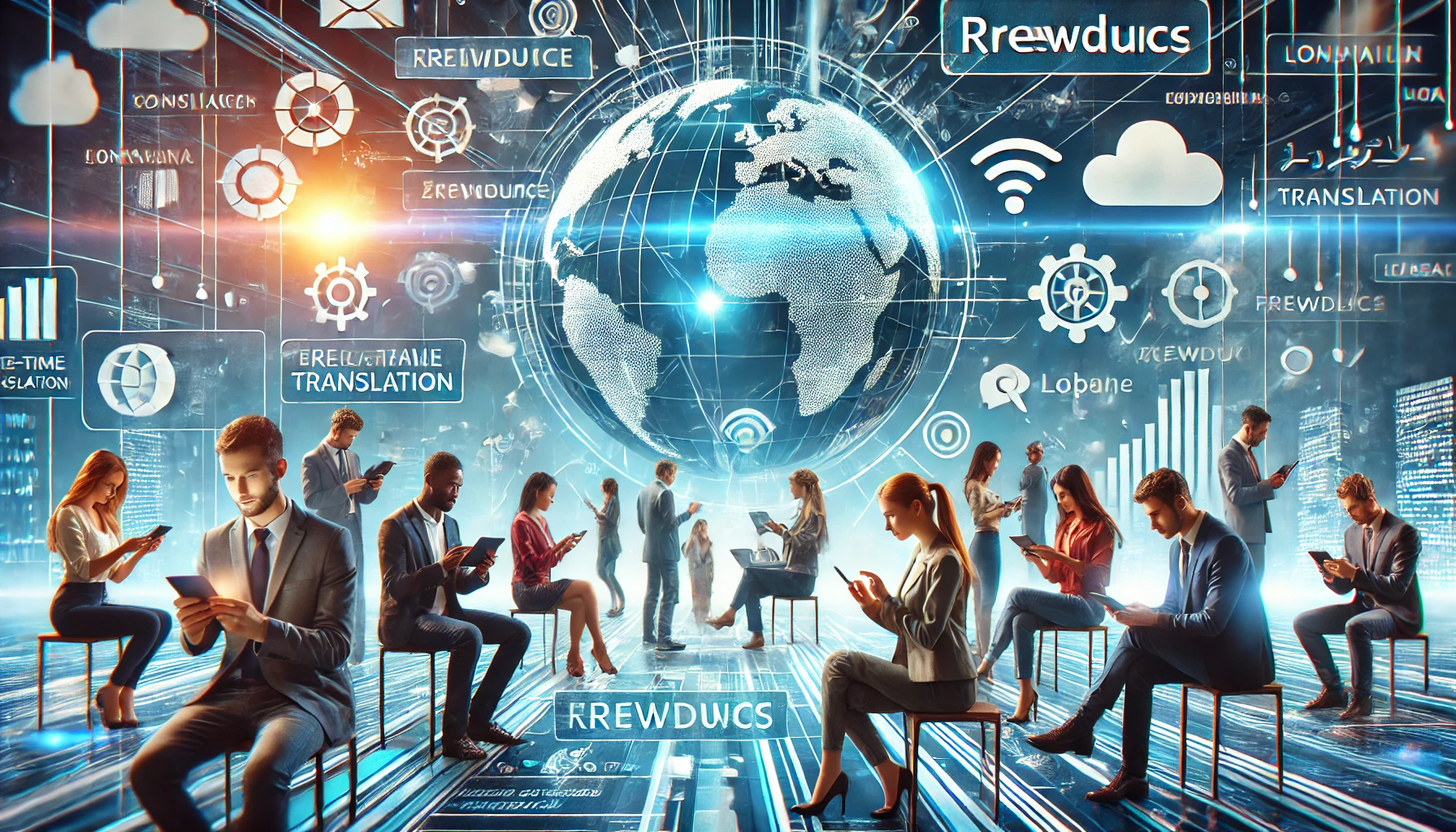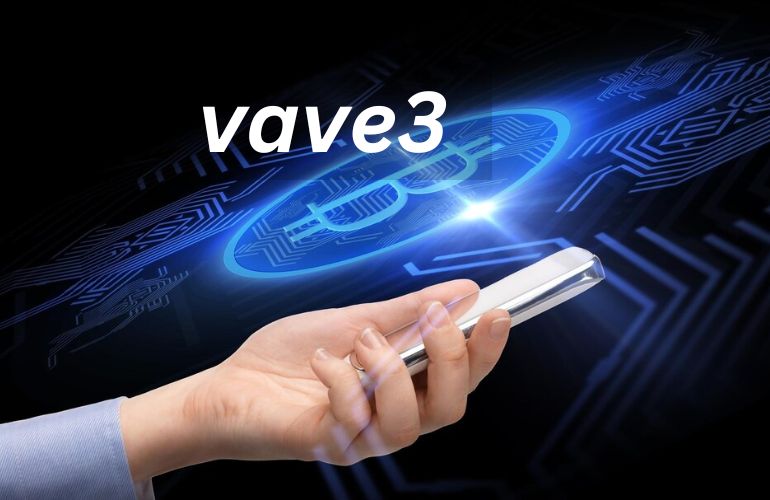
Translation has transformed communication across cultures and languages. At the heart of this evolution is “Преводсч” – a powerful tool that bridges linguistic gaps. Understanding its journey from manual efforts to advanced technology is key to appreciating its impact. This article delves into the origins, roles, challenges, and future of Преводсч, highlighting its significance in various industries. From enhancing global collaboration to preserving cultural identity, the story of Преводсч is one of innovation and progress. Discover how this tool revolutionizes communication and what lies ahead for translation technology.
The Evolution of Translation Technology
Translation technology has seen remarkable advancements, reshaping how languages are interpreted and understood. The journey from manual translation to modern automated systems marks a significant shift in efficiency and accuracy.

From Manual Work to Machines
Initially, translation was a manual process, relying on human translators to painstakingly convert text from one language to another. This method, though accurate, was time-consuming and limited in scale. Human translators had to be proficient in both the source and target languages, and the process often involved extensive research and contextual understanding.
The introduction of machines into the translation process began with the development of simple tools that assisted human translators. Early computational systems were basic, often requiring significant human intervention to correct errors and refine translations.
Technological Advancements and Tools
The advent of digital technology brought about more sophisticated tools, making translation faster and more reliable. One of the major breakthroughs was the development of Machine Translation (MT). Early MT systems used rule-based approaches, relying on linguistic rules to translate text. While these systems could handle straightforward sentences, they struggled with complex structures and idiomatic expressions.
Statistical Machine Translation (SMT) marked a significant improvement. Instead of relying solely on predefined rules, SMT analyzed large corpora of bilingual text to identify patterns and probabilities in translations. This approach increased accuracy and reduced the need for manual corrections, although it still faced challenges with contextual understanding.
Neural Machine Translation (NMT) represents the latest advancement in translation technology. NMT uses artificial neural networks to model the entire translation process in a single, integrated system. This technology can consider the context of entire sentences, resulting in more natural and fluent translations. NMT systems continuously learn and improve from new data, further enhancing their accuracy over time.
Integrated Solutions
Modern translation technology is not limited to standalone tools. Integrated solutions combine translation with other language processing tasks such as voice recognition and speech synthesis. These systems allow for real-time translation of spoken language, enabling seamless communication across different languages. Applications like real-time chat translation and multilingual virtual assistants are now possible, thanks to these integrated solutions.
Digital tools and platforms have made translation services more accessible. Online translators and mobile apps provide quick translations for everyday use, while advanced software solutions offer comprehensive support for professional translators. These tools often include features like translation memory, which stores previously translated text for reuse, and terminology management, which ensures consistency in specialized fields.
Applications of Преводсч
Преводсч, or translation technology, has found widespread applications across various industries, enhancing communication and breaking down language barriers. Its impact is profound, offering solutions in business, healthcare, education, travel, tourism, legal matters, and marketing.
Business
In the business world, translation technology is vital for reaching global markets. Companies use it to translate marketing materials, websites, and product information, ensuring they communicate effectively with customers from different linguistic backgrounds. This technology helps businesses expand their reach, engage with international audiences, and provide customer support in multiple languages.
Healthcare
In healthcare, accurate translation can be a matter of life and death. Medical professionals use translation technology to communicate with patients who speak different languages, ensuring they understand medical procedures, diagnoses, and treatment plans. Additionally, medical research benefits from translation technology, allowing the sharing of findings across the globe, fostering collaboration, and accelerating advancements in medical science.
Education
Education systems leverage translation technology to provide learning materials in various languages, making education accessible to non-native speakers. This inclusivity ensures that students from diverse linguistic backgrounds receive quality education. Online learning platforms also use translation technology to offer courses to a global audience, removing language barriers and enabling knowledge exchange worldwide.
Travel and Tourism
The travel and tourism industry relies heavily on translation technology to cater to international travelers. Tour guides, information brochures, websites, and mobile apps are translated to enhance the travel experience. By providing information in multiple languages, the industry ensures that travelers can navigate new environments, understand local customs, and enjoy their experiences without language constraints.
Legal
In legal matters, precise translation is crucial. Legal documents, contracts, and agreements must be accurately translated to avoid misunderstandings and ensure compliance with local laws. Translation technology helps legal professionals and organizations manage multilingual documentation, facilitating international legal processes and promoting fair outcomes.
Marketing
Marketing efforts are amplified through translation technology. Advertisements, social media content, and promotional campaigns are tailored to different linguistic and cultural contexts, enhancing their effectiveness. This personalized approach resonates with target audiences, increasing engagement and driving business growth.
E-commerce
E-commerce platforms benefit significantly from translation technology. By translating product descriptions, customer reviews, and user interfaces, these platforms can cater to a global customer base. This accessibility boosts sales, customer satisfaction, and brand loyalty.
The Role of Преводсч in Global Communication
Преводсч, or translation technology, plays a pivotal role in facilitating global communication. Its contributions span various domains, significantly impacting international business, healthcare access, legal processes, and education and research.
Facilitating International Business
In the business sector, Преводсч bridges linguistic gaps, enabling companies to engage with global markets. By translating marketing materials, contracts, and customer support content, businesses can communicate effectively with clients and partners worldwide. This capability not only expands market reach but also builds trust and strengthens international relationships. For instance, a company’s ability to provide multilingual customer service enhances user experience and satisfaction, fostering loyalty and repeat business.
Enhancing Healthcare Access
Healthcare professionals rely on Преводсч to communicate with patients from diverse linguistic backgrounds. Accurate translation of medical documents, patient records, and treatment plans is essential for providing quality care. This technology ensures that patients understand their diagnoses, treatment options, and medication instructions, which is critical for their well-being. Additionally, global health initiatives benefit from Преводсч by facilitating the exchange of medical research and best practices, contributing to better healthcare outcomes worldwide.
Supporting Legal Processes
In legal contexts, precise translation is indispensable. Преводсч aids in translating legal documents, such as contracts, court rulings, and legislation, ensuring that all parties comprehend their rights and obligations. This is particularly important in international legal disputes and cross-border transactions where language differences can lead to misunderstandings and legal complications. By providing accurate and reliable translations, Преводсч supports the fair and efficient administration of justice.
Promoting Education and Research
The education sector benefits immensely from Преводсч. By translating textbooks, research papers, and online courses, this technology makes educational resources accessible to a broader audience. Students and researchers around the world can access and contribute to knowledge, fostering a global academic community. Преводсч also supports multilingual education initiatives, allowing institutions to cater to diverse student populations and promote inclusive learning environments.
Challenges and Complexities in Translation
Translation involves a myriad of challenges and complexities. These challenges stem from the need to maintain accuracy, navigate cultural differences, manage technical limitations, and ensure security and confidentiality. Each aspect presents unique difficulties that translators and translation technologies must address.

Maintaining Accuracy and Consistency
One of the primary challenges in translation is preserving the accuracy and consistency of the message. Words and phrases often have multiple meanings depending on context, making it difficult to find precise equivalents in another language. Additionally, maintaining a consistent tone and style across lengthy documents or ongoing projects can be demanding. Translation memory tools and glossaries can help mitigate these issues, but human oversight is often necessary to achieve the highest quality results.
Cultural Differences and Sensitivity
Cultural differences add another layer of complexity to translation. Translators must be aware of cultural nuances, idiomatic expressions, and local customs to provide translations that are not only accurate but also culturally appropriate. This involves understanding the target audience’s social norms, values, and sensitivities. A phrase that is acceptable in one culture might be offensive in another, requiring careful consideration and adaptation. Cultural sensitivity is crucial to avoid miscommunication and to foster positive cross-cultural interactions.
Technical Limitations
Translation technology, while advanced, still faces technical limitations. Machine translation systems can struggle with idiomatic expressions, complex sentence structures, and specialized terminology. These limitations can result in errors or awkward phrasing that detract from the readability and professionalism of the translated text. Continuous improvements in artificial intelligence and neural machine translation are addressing these issues, but human translators are often needed to refine and correct automated translations.
Managing Confidentiality and Security
Confidentiality and security are critical concerns in translation, especially when dealing with sensitive or proprietary information. Translators and translation service providers must implement robust security measures to protect client data. This includes secure file transfer protocols, encrypted storage, and strict confidentiality agreements. Ensuring the privacy and integrity of translated documents is paramount, particularly in sectors such as legal, medical, and financial services where breaches can have severe consequences.
Benefits of Using Преводсч
Преводсч, or translation technology, offers numerous advantages across various sectors. These benefits include enhanced accuracy, time efficiency, cost savings, and the ability to bridge language barriers, making global communication more accessible and effective.
Accuracy and Precision
One of the key benefits of translation technology is its ability to provide accurate and precise translations. Advanced algorithms and neural networks analyze vast amounts of data to deliver translations that closely match the context and meaning of the original text. This high level of accuracy is essential in fields like healthcare, legal, and technical documentation, where even minor errors can have significant consequences.
Time Efficiency
Translation technology significantly reduces the time required to translate documents. Automated systems can process large volumes of text much faster than human translators. This efficiency is particularly beneficial for businesses and organizations that operate on tight deadlines and need to communicate quickly with international partners and clients. By accelerating the translation process, companies can respond to market demands and opportunities more rapidly.
Cost Savings
Using translation technology can lead to substantial cost savings. Automated systems can handle repetitive and routine translations, reducing the need for extensive human intervention. This lowers the overall cost of translation services, making them more affordable for businesses of all sizes. Additionally, translation memory tools store previously translated content, allowing for reuse and further reducing costs associated with new translations.
Bridging Language Barriers
Translation technology plays a crucial role in bridging language barriers, facilitating communication between people who speak different languages. This capability is vital in a globalized world where cross-cultural interactions are common. By providing accurate translations in real-time, Преводсч enables smoother and more effective communication in international business, travel, diplomacy, and everyday interactions.
Future Trends and Opportunities in Translation
The field of translation is evolving rapidly, driven by advancements in technology and the growing demand for global communication. Several future trends and opportunities are emerging, promising to further enhance the capabilities and applications of translation technology.

Advancements in AI and Machine Learning
Artificial intelligence (AI) and machine learning (ML) continue to revolutionize translation. These technologies enable more sophisticated algorithms that can understand and translate complex language patterns with greater accuracy. Future developments in AI and ML will likely result in even more precise and context-aware translations, reducing the need for human intervention and improving the overall quality of automated translations.
Integration with Emerging Technologies
Translation technology is increasingly being integrated with other emerging technologies. For instance, virtual and augmented reality (VR/AR) applications are beginning to incorporate real-time translation features, providing immersive multilingual experiences. Similarly, advancements in voice recognition and speech synthesis are making it possible to develop more interactive and intuitive translation tools, enhancing user experiences across various platforms.
Potential for More Accurate Translations
As datasets used for training translation models grow larger and more diverse, the potential for achieving near-human levels of translation accuracy increases. Continuous learning and improvement of neural networks will help translation systems to better understand and replicate the nuances of human language. This improvement will be particularly beneficial for translating idiomatic expressions, cultural references, and specialized terminologies.
Expansion to Lesser-Known Languages
One significant opportunity lies in expanding translation services to lesser-known and endangered languages. By developing models that can accurately translate these languages, technology can help preserve linguistic diversity and support communities that speak less common languages. This expansion will also enhance inclusivity, allowing more people to access global information and participate in international discourse.
Real-Time Multilingual Communication
The demand for real-time multilingual communication is rising, driven by global business operations and social interactions. Future translation technology will likely focus on providing seamless real-time translation across various communication channels, including video conferencing, social media, and instant messaging. This capability will facilitate smoother and more effective interactions, irrespective of language differences.
Personalization and Customization
Personalization and customization of translation services will become more prominent. Users will be able to tailor translation outputs based on specific needs, preferences, and contexts. For example, businesses might customize translations to align with their brand voice, while individuals could adjust settings to reflect personal linguistic styles or cultural sensitivities.
Improved Voice Recognition and Speech Translation
Voice recognition and speech translation technologies are set to make significant strides. Future advancements will enable more accurate and natural-sounding translations, making it easier to communicate verbally in different languages. This improvement will be particularly useful in scenarios such as international travel, business meetings, and customer service interactions.
Conclusion
Translation technology, or Преводсч, has fundamentally transformed how we communicate across languages and cultures. From its origins in manual translation to the sophisticated AI-driven tools of today, it continues to evolve, breaking down barriers and facilitating global interactions. Its applications span numerous fields, including business, healthcare, education, and more, making it an indispensable tool in our interconnected world. As we look to the future, advancements in AI, machine learning, and real-time communication promise even greater enhancements, enabling more accurate, inclusive, and personalized translations. The ongoing development of translation technology will undoubtedly play a crucial role in fostering global collaboration and understanding, paving the way for a more connected and harmonious world.
FAQs
1. What is Преводсч and how does it work?
Преводсч refers to translation technology that uses advanced algorithms and artificial intelligence to convert text or speech from one language to another. It works by analyzing the source language and applying linguistic rules and context to produce accurate translations in the target language.
2. How accurate is translation technology compared to human translators?
Translation technology has significantly improved in accuracy due to advancements in neural machine translation and AI. While it performs well for general and technical translations, human translators are still essential for nuanced and culturally sensitive content to ensure precision and appropriateness.
3. Can translation technology handle all languages and dialects?
Translation technology supports a wide range of languages, including many major global languages. However, it may have limitations with less commonly spoken languages and dialects due to the availability of linguistic data. Continuous development aims to expand coverage and improve accuracy for all languages.
4. What are the benefits of using Преводсч in business?
Using translation technology in business can enhance communication with international clients, streamline the translation of marketing materials, and improve customer support. It offers time and cost savings, allowing businesses to reach a broader audience and operate more efficiently in global markets.
5. What are the future trends in translation technology?
Future trends include advancements in AI and machine learning for more accurate translations, integration with virtual and augmented reality, real-time speech translation, and the expansion to support lesser-known languages. These developments will enhance global communication and make translation technology more accessible and effective.









